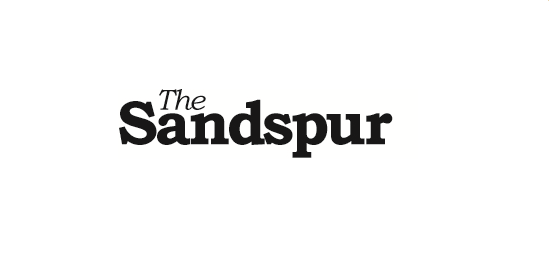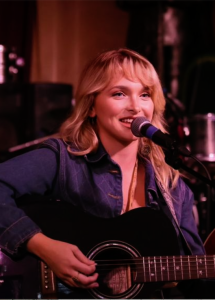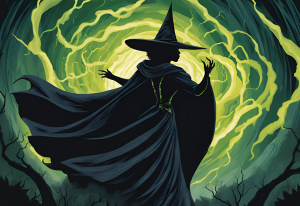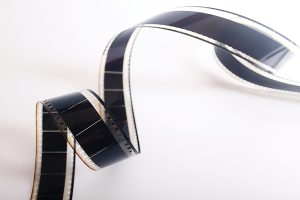When the French romantic drama Blue is the Warmest Color debuted in Cannes last summer, audiences were blown away by the actors’ engrossing performances and the sensuous cinematography. The Cannes Film Festival jury awarded the two main actresses and the director the prestigious Palme D’or (the Golden Palm); it also received the Cesar award for best film, along with countless global accolades.
Based on Julie Maroh’s graphic novel, the film takes place in France and centers on Adèle, a fifteen-year-old high school student whose friends’ obsession with gossiping about boys and relationships leads her to take a keen interest in having a love affair of her own.
Not unlike the heroines of the books she reads in her literature class, Adèle longs for intimacy and acceptance, but grows restless after her first sexual encounter with a boy from school.
After a female classmate’s flirtations lead her to question her sexuality, Adèle decides to go to a gay bar with a friend. She wanders off to a lesbian bar where she meets the mysterious blue-haired Emma who she had seen crossing the street weeks beforehand. They build a friendship that quickly forms into an intense romance.
The film sounds benign enough. Two women meet, fall in love, and realize that romantic love is imperfect and complicated. It sounds borderline cliché to the European film-goer. But, after the initial success and favorable reception from international audiences, the film provoked some debate over its explicit sex scenes that gave the film an NC-17 rating in the States.
Furthermore, reports of abuse from the film’s director, Abdellatif Kechiche, led critics of the film to take a more in-depth look at the director’s influence on the storyline. The film’s ten-minute sex scene between Adèle Exarchopoulos and Lea Seydoux (playing Emma) took ten exhausting days to shoot, because of the director’s insistence on it being an un-choreographed, realistic scene. Some call it justified artistic liberty to have such over-the-top scenes. Others call them blatantly pornographic and unnecessary. Both sides feel silly watching them.
As Julie Maroh stated: “The heteronormative laughed because they don’t understand it and find the scene ridiculous. The gay and queer people laughed because it’s not convincing, and found it ridiculous.”
This criticism does not detract from viewers’ appreciation of the beauty of the film. But the magic does not lie in Adèle and Emma’s bodies. The magic of the film lies in Adèle’s facial expressions.
Sure, Kechiche loves filming Exarchopoulos’s backside, but it is the way he captures her subtle facial movements—a quivering lip, half-closed eyelids, a strand of hair flowing across Adèle’s forehead—that truly captivates the viewer. The actress’s distant, awkward facial movements define the film itself, whose French title is La Vie d’Adèle, or “The Life of Adèle.”
The cinematography is lush and full of symbols of the film’s signature color: Adèle’s blue room, her mother’s azure sweater, the vibrant blue bowl she eats her dinner out of as she is wearing her blue floral scarf, the blue bench she sits on at school, Emma’s parents’ cerulean kitchen… the list goes on.
But do not let the blue smoke and mirrors fool you. Once the story fades out, you are left realizing that you watched another director’s distorted idea of female sexuality. In a world where film representation of women and their sexuality is skewed by men, Kechiche’s interpretation of the book is nothing short of his own self-gratifying desire to see two women having sex.
A three-hour film about women is something of a gem in cinema. The issue with Blue is the Warmest Color is not necessarily the graphic nature of the film, but the number of unsatisfying discussions it has ignited among critics. We only get a taste of the possibilities in which Kechiche could have directed the film and represented a young woman’s burgeoning sexuality.










-This film has been disguised as a “Lesbian love story” and it is all about a pederast capturing his sexual fantasies with two women. These two women backgrounds : Lea’s grandfather is Jérôme Seydoux, the chairman of Pathé, and her granduncle, Nicolas Seydoux, is the chairman of Gaumont Film Company; her other granduncle, Michel Seydoux, also is a cinema producer; and Adèle, a tacky adolescent that comes from a poor family. Both, have stated to feel lonely and abandoned, and despite of their diferent backgroung they are two submissive women that have denigrated the integrity and artistry of actresses and women. Both of them have admited that they were abused during the shooting time by the director’s demands, and that Adèle even cut her hand with a broken glass in the “slap scene” and Kechiche forced her to repeat the scene until exhaustion. But of course, they are eventually more than happy dressed up in luxury, and covered up in jewelry. Everything they convey is what they are or have been playing during the time of the shooting: two apathetic whores. And apart from that, the film is cinematographically a big incompetence and ineptitude. And the author of the novel, Julie Maroh, says “she is very dissappointed”, and that “it was a brutal display turned into male fantasies and porn, and made me feel very ill at ease” .
This is an illegal sexually abusive film trying to make the Propaganda to legitimize Pederasty as a sexual drive -as Homosexuality- and not as what it actually is a psychological pathology and an act of perversity. And the worst of it is, the three of them say they are doing the film to represent ‘freedom’ and ‘justice’. This Tunisian guy that calls himself “film director” should get his brain examined.